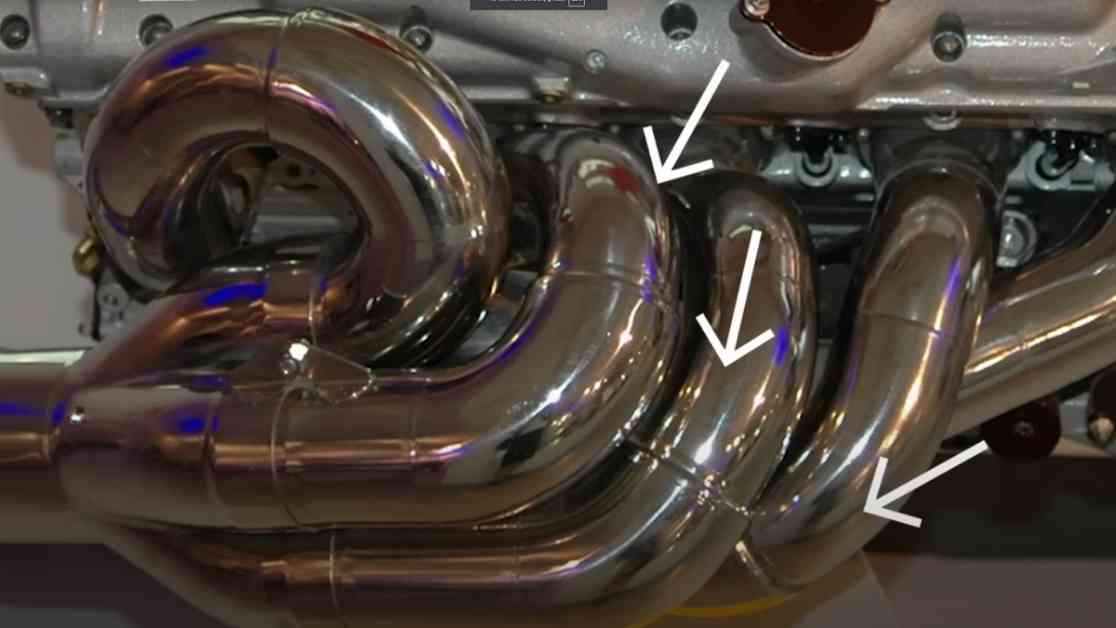If you’ve ever wanted to give your car the roaring sound of a late 1990s F1 racer, then Maisteer’s YouTube video is a must-watch for you. In the video, he explains the three key features you need to incorporate into your exhaust system to achieve that iconic F1 car sound.
First and foremost, you’ll need to design an exhaust header that brings all of your exhaust ports down into a single collector. For a V8 engine, this would mean an 8-into-1 header. Next, ensure that each of the collector tubes merge sequentially by firing order. Finally, make sure your header has steps. These steps are crucial in creating that resonant howl that F1 cars are known for.
Looking back at the evolution of F1 car sounds, the introduction of steps in the exhaust system in 1998 made a significant difference in the overall sound. As the pressurized exhaust gases pass each step, the pressure reverses direction, creating a unique resonance that multiplies as it reaches the collector. This results in hundreds of individual pulses screaming out of the exhaust in rapid succession, giving you that distinct F1 V10 sound.
To truly replicate the 1998 Ferrari F300 V10 exhaust sound, you’ll also need an engine that can spin at high RPMs to take full advantage of the exhaust system modifications. By incorporating these tricks into your hand-built titanium exhaust, you can create a noise that will be a hit at any gathering.
There’s no denying the allure of an engine revving like a late F1 V10, so why not give it a try? Transforming your car into an old F1 racer with pressure is a unique and exciting project that could take your driving experience to a whole new level. So, roll up your sleeves, get creative, and see what incredible sounds you can produce with your own modified exhaust system.










